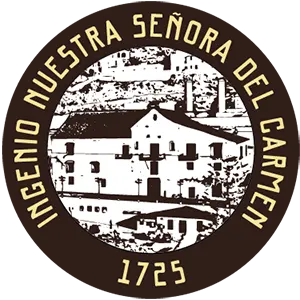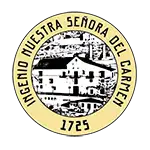26 Apr Glossary of terms
EVOO. Acronym for Extra Virgin Olive Oil.
Genoese-style sponge cake. A type of sponge cake of Italian origin (Genoa) that does not use chemical yeast, using the air suspended in the dough during preparation to give it volume. It is made from whole eggs, beaten with sugar, which are heated in a bain-marie. Melted butter is usually added before baking.
Citronella.. Also, lemon grass. Citronella is a plant known since ancient times for culinary use and can be bought fresh, preserved, dried or frozen.
Coulis. Juice obtained by sieving a vegetable or fruit puree with a very fine sieve, resulting in a slightly thick sauce.
c/s. Sufficient quantity.
Deglazing. Culinary technique consisting of adding a liquid (water, wine, brandy, broth...) to the container in which meat, fish or vegetables have been cooked, sealed, roasted... indistinctly, in order to obtain the caramelised juices that remain adhered to the container, keeping it on the heat and allowing the liquid to reduce.
Ladle. To serve, to pour into a container. In confectionery, to use a piping bag to portion a coagulated or almost coagulated dough with which to fill pieces, to arrange portions on a baking tray, to decorate a cake, etc.
Kappa gelling agent. Type of fast-acting gelling agent. It is sold as a powder extracted from a seaweed that has been used since ancient times in Ireland. Gianduja or gianduia. Paste of Piedmontese origin (Italy), made with chocolate, sugar and 30% hazelnut paste. Can be made with other nuts.
Xanthan gum. Microbial polysaccharide from the bacterium Xanthomonas campestris, which is cultivated industrially by aerobic fermentation. It is available as a cream-coloured powder and is used in gastronomy as a stabiliser, thickener and especially as a gelling agent.
Gyoza. Japanese type of dumpling.
Katsuobushi. Shavings made from dried, fermented and smoked tuna that changes its name according to its thickness, traditional in Japanese cuisine.
Napar. Covering a food or preparation with a dense sauce so that it does not slip and remains adherent. It is similar to saucing, but in this case it is usually with a more liquid or lighter sauce.
Nougat. A dough of almonds or other nuts, sugar and chocolate coating, which must be consistent and mouldable, traditional in France, very similar to gianduja.
Obulato. Thin edible wafer, translucent and flexible, made from potato starch, soya lecithin and sunflower oil without sugar or salt. These wafers are traditional in Japan, where they are used to wrap medicines to aid ingestion.
Pacojet. Kitchen appliance for the preparation of mousses, sauces and, especially, ice cream.
Quenelle. A way of presenting a dough, like a croquette in the shape of a rugby ball, which is made with two soup spoons or by hand.
Roner. Apparatus for preparing food at the desired temperature between 5º and 100º C and at a constant temperature. It consists of a container with water and a thermostat in which the food is submerged, usually in vacuum bags, so that it cooks without contact with the water. This is known as low-temperature cooking.
Sablé. A type of crunchy biscuit of French origin, made with wheat flour, butter, sugar and, frequently, egg yolk. Sil-pat. Silicone-coated cloth or canvas, similar in appearance to a placemat, non-stick and suitable for food use, which is placed on the baking tray, preventing preparations from sticking.
Tofu. Prepared from Chinese and Japanese oriental cuisine based on soya beans, water and coagulant, with a firm texture, whitish colour, low in calories and high in protein. It is used in stews and soups.
TPT. Tant pour tant”. It refers to preparations in which two ingredients are used, indicating with tpt that the same amount of both ingredients must be used.





